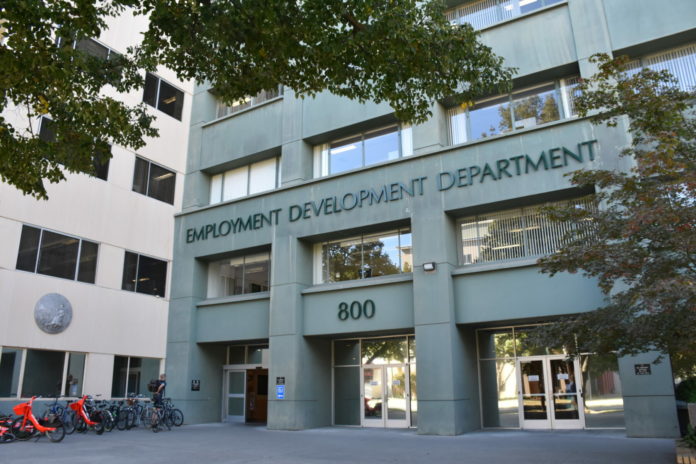Los Angeles County’s unemployment rate dipped below 5% in July for the first time since the pandemic hit in March 2020, according to state figures released August 19.
The drop in the unemployment rate to 4.9% last month from a revised 5.1% in June was due in large part to fewer people in the labor force looking for work. According to the state Employment Development Department, the labor force declined by 15,000 in July to 5,048,000.
The 4.9% unemployment rate posted by the county last month was the lowest since February 2020’s 4.3%. But it still was well above the statewide 3.9% figure, which also was a pandemic era-low, as well as the nationwide July rate of 3.5%.
The two largest cities in Los Angeles County – Los Angeles and Long Beach – each had a July unemployment rate of 5.2%, according to city breakout data supplied by the EDD. Among cities with labor forces exceeding 10,000, Lancaster posted the highest unemployment rate, 7.3%, while Lomita had the lowest rate, 2.3%,
Among other cities in the San Fernando and Santa Clarita valleys with workforces exceeding 10,000 people, Palmdale posted an unemployment rate in July of 7.2%, followed by Calabasas at 6.6% and Burbank at 6.5%. Santa Clarita and Glendale had the lowest rates at 4.7% and 4.9%, respectively.
The decline in the unemployment rate came even as the county shed nearly 25,000 jobs due entirely to the summer recess in the school year. The drop pushed the county’s nonfarm payroll employment below 4.5 million to 4,491,500.
The county has now gained back nearly 84% of the 785,000 jobs lost during the initial Covid-19 lockdown in March and April 2020. But that percentage is down from 86% last month, meaning the county lost ground in July in trying to make up those pandemic lockdown job losses. The county is still 129,000 jobs short of the February 2020 pre-pandemic peak of 4,620,500 jobs.
Looking at how the county’s various industries performed in July, the 48,000 net payroll jobs lost in the education sector were across the board on both the public and private side, though the lion’s share came from local government K-12 education, which shed roughly 42,000 jobs. Much of this job loss is expected to be temporary, though, as many are likely being rehired as the new academic year begins.
The EDD also releases adjusted payroll jobs data accounting for seasonal factors such as education-related summer recess; that figure represented an increase of 21,900 jobs last month compared to June.
Besides education, only the manufacturing sector registered a drop in payroll jobs in July from June, shedding a net 1,000 jobs to reach 321,000.
All other sectors of the local economy had net gains in payroll jobs last month, according to the EDD data, led by professional/business services, which increased by a net 6,900 jobs. Healthcare/social assistance gained a net 4,700 jobs, followed by retail stores, which added a net 3,700 jobs
For the 12-month period ending in July, nonfarm payrolls in the county increased by 174,000, or 4%. Professional/business services led the way in recovering jobs, gaining a net 31,000 over the last 12 months. Accommodation/food services, which lost the largest number of jobs during the initial lockdown, gained a net 26,400 during the last 12 months. Healthcare/social assistance was the other big gainer, posting an increase of 22,600 jobs.
Local government was the only sector to post significant net job losses over the past 12 months, with payrolls dropping by about 6,000, or 1.5%. K-12 public schools accounted for about two-thirds of that drop.
